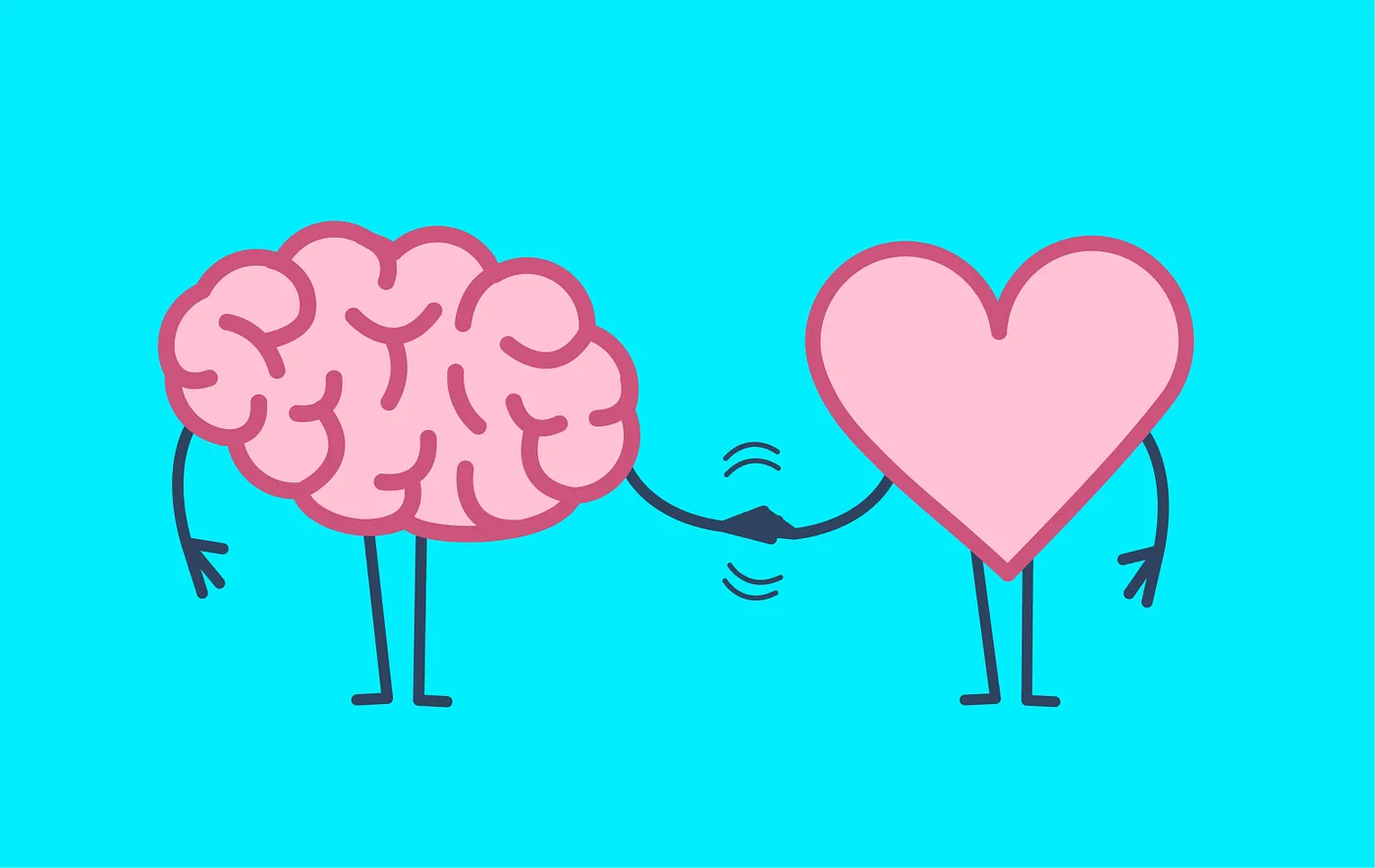User experience (UX) in simple words, is the interaction a person has with the products and services of a company. Often confused with User Interface (UI), UX is a much wider concept. The overall experience of a user doesn’t only depend on the interface but it is one of the subsets of UX.
However, we aren’t here to elucidate on these two terms.
Empathy is frequently confused by designers with sympathy. Since a user’s experience chiefly depends upon the designer’s understanding of his needs, these two terms hold great significance in the industry. But what are Sympathy and Empathy? How do they differ? Let’s find out!
Sympathy
Sympathy is acknowledging someone’s pain and suffering. It’s when you recognize a situation of hardship a person is going through, and react in a way that is usually sorrowful or pitiful. Though it’s an emotional release from your side, you aren’t connecting to the person’s circumstances. It’s like you saying, “I regret that you have to go through all this.”
Is sympathy good? Definitely! Sympathizing with a user’s difficulty is a great sentiment and makes you want to design better to enrich their experience in the future. But it lacks a major aspect- “putting yourself in their position”. While sympathizing, all you are doing is admitting the user’s difficulty. For example, your design might have a certain element or color, or an infographic that a particular section of users might not relate to. You identify their feelings but do not relate to their emotions.


Leave A Comment